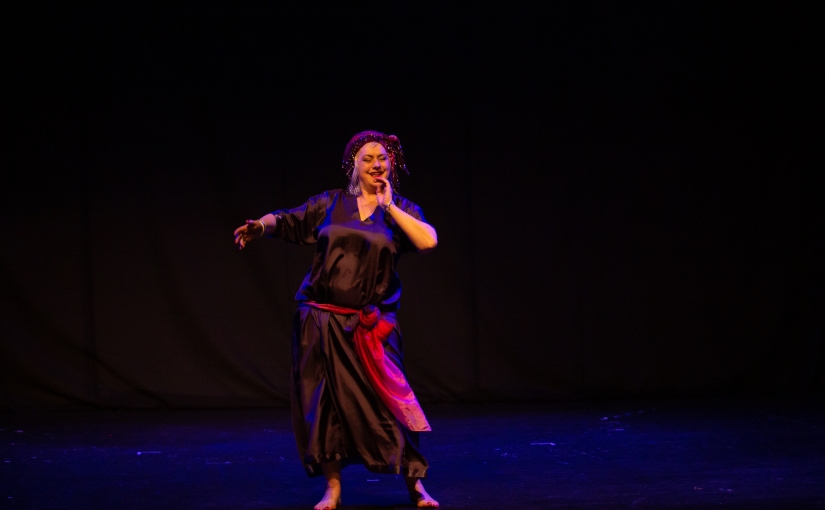After several years floating about in the bellydance wilderness – still studying, learning, and dancing – I have returned to teaching a regular weekly class via a new venture – Ya Leily Belly Dance Club! You can keep pace with our adventures at Instagram or via our class website.
The goal of Ya Leily is to offer a space to enjoy Middle Eastern – particularly Egyptian – dance in a tradititional, sociable way. There’s no pressure to learn choreographies or perform, but we do look at technique, study music and look at ways to put movements together that are interesting and fun! Ultimately, I hope that all participants will start to feel secure and comfortable dancing for themselves, or for others, as they develop a sense of familiarity with this beautiful cultural art.
When I started to learn to bellydance, we learned technique and applied it via choreography. New Zealand was a long way away from most places with established Middle Eastern communities where music and dance were part of the scene. We waded underprepared and often fearfully into the cultural waves of dance and music from “over there”, periodically clutching gratefully at a lifebuoy or two emblazoned with some kind of rule. Don’t do THAT movement to THAT music! Don’t wear THAT costume when you’re dancing THAT style! Don’t dance to THAT music at all!
Today’s scene is so different – flooded with information, a class in Cairo, Luxor or New York just a click of a Zoom link away. Travel to the source countries of our beloved dance form, if you can afford it, is now much easier, thanks to a well-established international network of teachers and dancers who organise tours and connect you direct to the latest shows, costumiers, and study opportunities. There are competitions and goals galore. In its own way, this scene, too, can be daunting.
This is one of the reasons why I’m excited to extend a new corner of my local dance scene that centres on just exploring Egyptian music via dance, without pressure. I’m hoping to fold in elements that help situate the dance and music in its home contexts – maybe some clapping, maybe some singing! And hoping to continue reaching out to local Middle Eastern communities to draw our interests together in ways that are mutually beneficial and most of all, fun!
It is the inbetween space that carries the burden of the meaning of culture, and by exploring this Third Space, we may elude the politics of polarity and emerge as the others of our selves. — Homi K Bhabha
